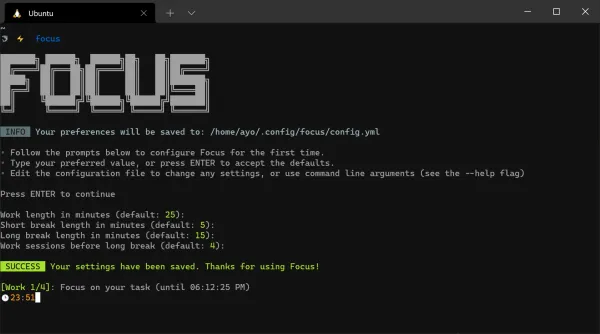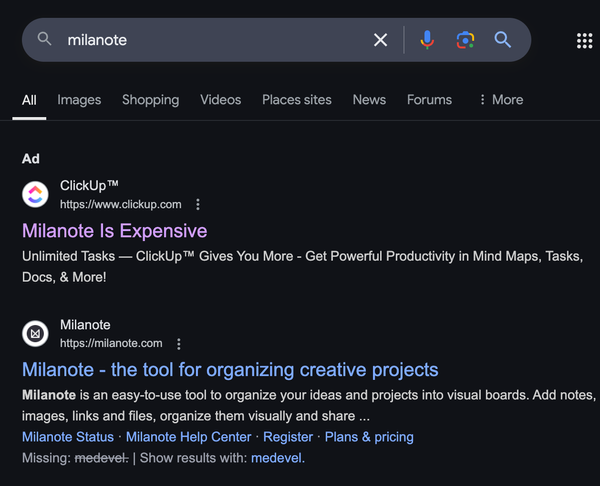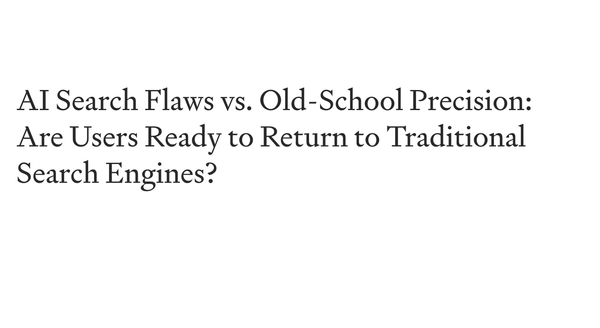Achieving Real-Time Excellence: Exploration of Pusher Integration within Microservices Architecture for Scalable Systems
Table of Content
In the fast-paced realm of software engineering, the convergence of two pivotal paradigms, Pusher and Microservices Architecture, stands as a beacon for developers seeking to establish scalable and responsive applications.
Pusher, a preeminent real-time messaging platform, and Microservices Architecture, a modular design philosophy, have become integral to the fabric of modern software development.
This in-depth article aims to elucidate the nuanced interplay between Pusher and Microservices Architecture, examining how their symbiotic integration can propel real-time communication to new heights in the expansive landscape of distributed systems.
Understanding Pusher
Pusher, at its core, is a cloud-based platform designed to streamline real-time communication in both web and mobile applications. Offering a suite of robust APIs, Pusher empowers developers to seamlessly implement features such as live chat, notifications, and collaborative editing.
The platform's utilization of WebSocket technology establishes a bidirectional communication channel between servers and clients, ensuring the transmission of data with minimal latency and optimal efficiency.
For an optimized utilization of Pusher in your development endeavors, consider engaging a proficient Pusher developer through reputable platforms such as Lemon.io. These seasoned experts bring a deep understanding of Pusher's cloud-based capabilities, ensuring the seamless integration of real-time features into both web and mobile applications. Explore the expertise available at https://lemon.io/tech-stacks/pusher/ to enhance the efficiency and effectiveness of your development projects.
Microservices Architecture
Microservices Architecture, a prominent design philosophy, is characterized by the deconstruction of complex applications into smaller, autonomous services. These services communicate through well-defined APIs, allowing for independent development, deployment, and scalability.
This architectural approach enhances flexibility, scalability, and maintainability, facilitating concurrent development on diverse components of an application.
The Intricacies of Pusher and Microservices Integration
1- Real-Time Updates in Microservices:
A recurring challenge in microservices architecture lies in maintaining synchronized updates across services. Pusher emerges as a potent solution by facilitating the seamless broadcasting of real-time updates across microservices.
In practical terms, consider an e-commerce application where inventory changes in one microservice can be promptly communicated to other microservices responsible for order processing or user notifications through the seamless integration of Pusher.
2- Scalable Notification Systems:
Microservices often comprise multiple components that necessitate timely communication and event notifications. Pusher proves invaluable for constructing scalable notification systems.
Microservices can emit domain-specific events, and subsequent microservices or clients can subscribe to these events, fostering communication without direct dependencies and facilitating independent scalability within the architecture.
3- Enhanced User Experience:
Within the framework of a microservices architecture, user interfaces often span multiple services. Pusher significantly elevates the user experience by enabling real-time updates without imposing the burden of continuous polling.
In a social networking application, for instance, Pusher can be seamlessly integrated to instantly notify users of new messages, comments, or friend requests, delivering a seamless and responsive user interface.
4- Fault Tolerance and Redundancy:
The inherently resilient nature of microservices architecture is further fortified through the integration of Pusher. In the event of a failure in one microservice, Pusher ensures that real-time updates are redirected through other operational microservices, preserving continuity and bolstering fault tolerance.
This redundant mechanism assures continual service availability even in the face of unforeseen challenges.
5- Global Scalability:
Pusher's cloud-based infrastructure is strategically designed to facilitate global scalability, rendering it exceptionally suitable for microservices deployed on a distributed scale.
As microservices span different regions to optimize performance and reduce latency, Pusher ensures the efficiency and responsiveness of real-time communication, seamlessly bridging geographical distances within the architecture.
6- Dynamic Load Balancing:
The dynamic nature of user activity often results in fluctuating levels of load for microservices. The integration of Pusher within microservices architecture introduces a sophisticated dynamic load balancing mechanism.
Real-time communication tasks are intelligently distributed across various instances of microservices, ensuring optimal resource utilization and mitigating bottlenecks during peak usage periods.
Conclusion
In conclusion, the integration of Pusher and Microservices Architecture represents a formidable synergy that not only addresses the intricacies of real-time communication but also propels modern applications towards new frontiers of scalability and responsiveness. Pusher's proficiency in delivering real-time updates aligns seamlessly with the tenets of microservices architecture, providing developers with a robust solution to construct scalable, responsive, and fault-tolerant applications. As the demand for real-time features continues to burgeon, the amalgamation of Pusher and Microservices Architecture stands poised to exert a transformative influence on the trajectory of application development, setting the stage for a new era of real-time excellence in distributed systems.









